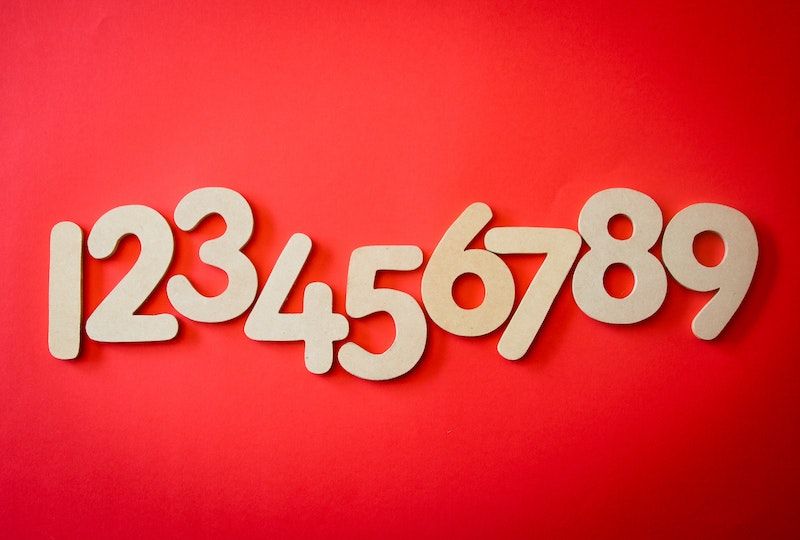The Top 5 Trickiest Topics in Japanese Language Classes

I’ve always thought one of the most annoying things about English is how groups of animals are counted. A smack of jellyfish? A murder of crows? A pod of dolphins? What’s going on here? If these idiosyncrasies annoy you as an English speaker, just wait until you start learning some in Japanese language classes.
While trying to learn a language, it is common to encounter tricky topics. Languages aren't straight paths; each one contains tricky areas that need extra attention and will no doubt leave you confused. This article covers the ones that may come up in Japanese language classes so you can be prepared!

The Top 5 Tricky Topics in Japanese Language Classes
Tricky topics are the most confounding when they catch you off guard. You may be about to begin learning Japanese from zero, or you may have already come across some Japanese quirks during your Japanese language classes. On that note, here are some tricky topics to look out for while learning Japanese.
1. Counting
Remember the pod of jellyfish above? Counting groups often brings out strange aspects of languages, and Japanese is no exception. The Japanese language uses unique suffixes for counting animals, people, and objects. What's more, these unique suffixes also apply for frequency, age, and duration.
The counting system can get confusing while taking Japanese language classes. Here is a brief list of the suffixes you might encounter.
Living Things
人 (jin/nin) = People
頭 (tō) = Big animals
羽 (wa) = Birds and rabbits
匹 (hiki) = Little animals (cats, dogs, fish, insects, etc.)
Objects
枚 (May) = Fine and flat objects (stamps, sheets, etc.)
台 (dai) = Technological objects (cars, television, etc.)
本 (hon) = Long and cylindrical objects (pencils, fingers, trees, umbrella, etc.)
錠 (jō) = Pills, capsules, round drugs
軒 (ken) = Buildings
階 (kai) = Floors
番 (ban) = Numbered objects (station platforms, buses)
個 (ko) = Very small objects
着 (chaku) = Clothes
冊 (satsu) = Related objects (books, dictionaries, newspapers)
足 (soku) = Objects worn on the feet (socks, shoes, etc.)
切 れ (kire) = Slices (of bread, ham, etc.)
杯 (hai) = Liquids contained in containers
Time-Related and Other Suffixes
番 (ban) + 目 (me) = Ranking (1st, 2nd…7th)
回 (kai) = Frequency (once, twice…)
年 (nen) = Years
か 月 (kagetsu) = Month
週 間 (shūkan) = Weeks
日 (ka/nichi) = Days
時間 (jikan) = Hours
分 (fun/pun) = Minutes
秒 (byō) = Seconds
歳 (sai) = Age
Yep, that’s a lot! When in doubt, defer to the つ -tsu suffix, which can be used in most cases for inanimate counting. Whenever you come across any new phrase, however, check with the list above.
2. “To Wear” Verbs
In English, you can use the phrase "to wear something" for almost all kinds of clothing. Not so in Japanese! The Japanese language has several "to wear" verbs depending on the type of clothing. Fun, right?
For instance, the verb 着 (きる), or kiru, means to wear something on the upper body, like a t-shirt or dress. This is likely the first phrase you meet when you start your Japanese language class. Then there’s 履 (はく), or haku. This Japanese phrase is "to wear" for lower body clothing. This form of clothing covers shoes, shorts, and socks.
There are lots more specific verbs for everything from hats to gloves to jewelry. If you are new to this, this peculiarity might catch you off guard, so watch out!
3. Days of the Month
If you thought that counting birds and people was bad enough, wait until you find out about days of the month! The counting system for days of the month contains yet another set of words you have to memorize. For example, the Japanese word for 20 is 二十 (nijuu), and there is a completely different reading for the 20th day of the month, though it’s mostly spelled the same as the former: 二十日 (hatsuka). This is definitely a tricky part of the Japanese language, and as someone new to learning it, you might be caught off guard.
4. Formality
In English, you might choose different vocabulary if you’re speaking with a buddy versus a princess, but your sentence structure would remain virtually the same. In Japanese, however, that’s not the case. There are three levels of formality: colloquial, polite, and honorific levels. Each of them come with different word endings.
What a pain, right? This aspect of Japanese is often a bit confusing to new learners since there are really no English equivalents to the word endings. Also, the instances and situations where a certain word ending should be used isn't always clear. Check out how to speak formal and informal Japanese for beginners to help you better understand this tricky subject so you don’t accidentally insult anyone by speaking too informally.
5. No Plurals and Countable Nouns
This last topic is actually a plus, since it makes learning Japanese somewhat easier. In English, we pluralize nouns. For instance, you have one pencil or two pencils. We also have countable nouns (stuff you can count, like pencils, plates, or people) and uncountable nouns (such as liquids, sand, or rice).
In Japanese, you don't have to do any of this. A noun is a noun and doesn’t change due to quantity. You might find all this quite strange, but it does mean you don’t have to learn plurals! You can spend that extra time trying to learn counting suffixes instead–you’ll need it.
There are countless differences in how English and Japanese pronunciations differ. It can be hard to keep up with all during language classes. Hence, it would help if you had aid. We know just one. Have you heard of Speechling?

Learning How to Pronounce Japanese Words With Speechling
Every language has its quirks, and in Japanese, a lot of them have to do with numbers and counting. Keep alert for number-related subjects in Japanese language classes, along with formality and the verb “to wear,” and you’ll have a leg up on your peers.
Whether it’s a tricky topic or more standard fare, pronunciation is crucial to mastering Japanese. Keep working hard in your Japanese language classes and practicing your kanji, but don’t forget to use Speechling as well. This platform provides over a thousand speech exercises and reputable tutors to help you get rid of that gaijin accent. Coupled with their tutoring and speech exercises, Speechling also uses its effective "Speechling method" to help you master the new sounds and cadences of Japanese. With a well-rounded approach, you’ll get a little better and Japanese each and every day—using the correct days-of-the-month words, of course!
